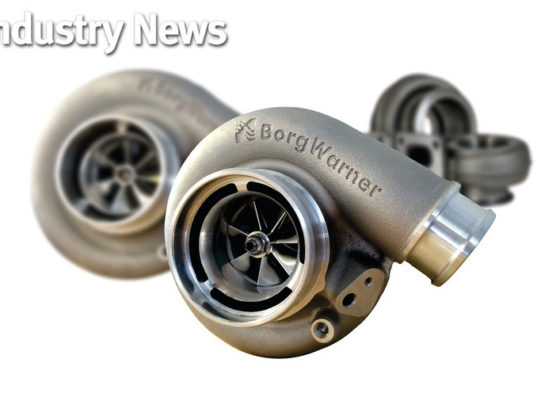
Sneak Peek: Ford GT Street Car vs. Race Car
Khiem Dinh is an engineer for Honeywell Turbo Technologies at the time of this writing. All statements and opinions expressed by Khiem Dinh are solely those of Khiem Dinh and not reflective of Honeywell Turbo Technologies.
To make a proper race car from a street car, you need aero changes to generate more downforce. To make an endurance racer from a street car, you need ample thermal management, i.e. cooling. From the few pictures available at the Ford Media Center, we can spot a number of the changes required to convert the Ford GT street car into a Le Mans winning race car.

 One of the obvious aero changes is the elimination of the stock wing which is an active piece adjustable for height and pitch. Active aero is banned from nearly every form of motorsports, so a more proper fixed single element race wing was added. The wing is much wider than the stock rear wing along with being higher up in the air stream which should give it some cleaner air. Both of these changes should allow the race wing to generate significantly more downforce than the street car. On a side note, the Ford GT is drastically different than any other street car with its teardrop shape starting at the front of the car and terminating at the rear of the engine bay. The rear wheels are housed in pods that protrude from the bodywork much like an LMP car.
One of the obvious aero changes is the elimination of the stock wing which is an active piece adjustable for height and pitch. Active aero is banned from nearly every form of motorsports, so a more proper fixed single element race wing was added. The wing is much wider than the stock rear wing along with being higher up in the air stream which should give it some cleaner air. Both of these changes should allow the race wing to generate significantly more downforce than the street car. On a side note, the Ford GT is drastically different than any other street car with its teardrop shape starting at the front of the car and terminating at the rear of the engine bay. The rear wheels are housed in pods that protrude from the bodywork much like an LMP car. Looking at the front of the cars, we can see the big front splitter on the race car to create an aero balance with the increased downforce of the race car rear wing. Minimizing drag is always a goal, so the corners of the front bumper on the race car are smoothed out eliminating the ducts/scoops (I’m assuming they are functional and not purely cosmetic…) on the street car. In place of the duct/scoop features are a pair of small canards. Also eliminated from the street car is the front bumper opening plastic grill. With no more air flow obstruction in the front opening, maximum airflow can make it to the heat exchangers and brake ducts; I’m guessing at least some of the airflow going into the small openings on either side of the main front opening is for cooling the brakes. There may be some additional heat exchangers in those openings such as for cooling the engine oil. Remember, thermal management is key to a reliable race car and that means getting adequate airflow to all the cooling bits.
Looking at the front of the cars, we can see the big front splitter on the race car to create an aero balance with the increased downforce of the race car rear wing. Minimizing drag is always a goal, so the corners of the front bumper on the race car are smoothed out eliminating the ducts/scoops (I’m assuming they are functional and not purely cosmetic…) on the street car. In place of the duct/scoop features are a pair of small canards. Also eliminated from the street car is the front bumper opening plastic grill. With no more air flow obstruction in the front opening, maximum airflow can make it to the heat exchangers and brake ducts; I’m guessing at least some of the airflow going into the small openings on either side of the main front opening is for cooling the brakes. There may be some additional heat exchangers in those openings such as for cooling the engine oil. Remember, thermal management is key to a reliable race car and that means getting adequate airflow to all the cooling bits.


